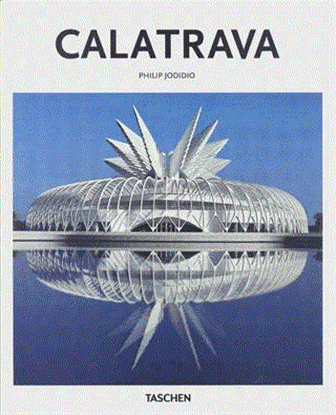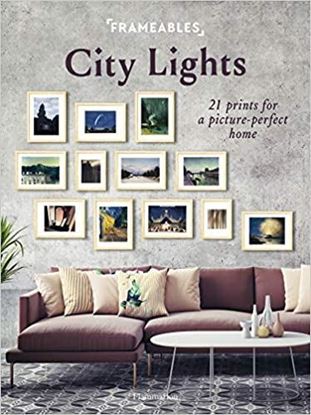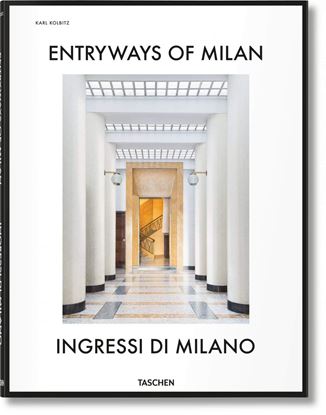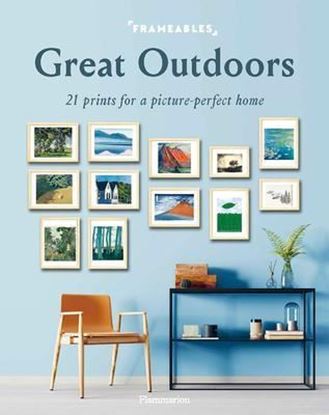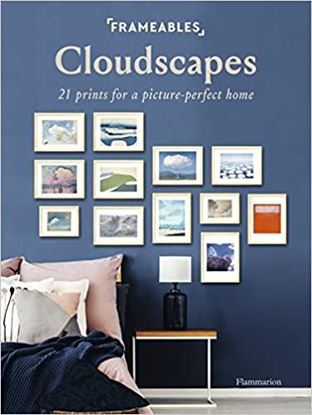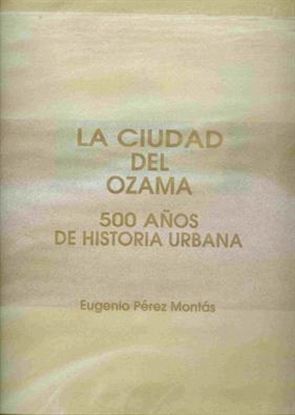

CALATRAVA (BA-ARCH)
Con su trabajo visionario, el valenciano Santiago Calatrava (Benimámet, 1951) ha conseguido el reconocimiento internacional como arquitecto, ingeniero estructural, escultor y artista. Famoso tanto por sus puentes como por sus edificios, en su obra destacan las estructuras de aires neofuturistas, que combinan hábiles soluciones de ingeniería con un impacto visual asombroso. Desde el Complejo Deportivo Olímpico de Atenas 2004 y el reciente Museo del Mañana de Río de Janeiro hasta los puentes de la Paz, en Calgary; del Alamillo, en Sevilla, y de la Mujer, en Buenos Aires, los proyectos de Calatrava inciden especialmente en la relación entre el movimiento y el equilibrio. Con fuentes de inspiración tan diferentes como los diseños espaciales de la NASA o los estudios de anatomía de Leonardo Da Vinci, las obras del arquitecto español fascinan por la sensación de ligereza, agilidad y aerodinamismo que transmiten mientras mantienen una elegante relación con su entorno. Esta monografía concisa explora la singular estética de Calatrava a partir de proyectos clave de su carrera, desde sus primeros éxitos hasta sus creaciones más recientes. A través de edificios dedicados a la cultura, la ciencia o la fe, descubrimos la manera en la que integra las formas orgánicas y los movimientos humanos con una fluidez futurista que mira al mañana.
1,350
CITY LIGHTS (B) (OF3)
Introducing the first collection of art books with detachable prints to decorate your walls. Everything you need to create your own private gallery at home! Nightscapes that range from a fireworks display in Rome by Jacob Philipp Hackert to the Louvre from across a Parisian bridge by Maximilien Luce to a moonlit New York streetlamp by Georgia O'Keeffe.
Each book contains a curated selection of twenty-one high-quality reproductions that can be easily removed from the book, framed in a standard-size frame, and displayed in the home. Step-by-step tips for grouping the works to create a harmonious gallery add an interior designer's touch to the ensemble. Graphic, colorful, or abstract; paintings, engravings, or drawings--each work of art is explained on the back of the print. Interesting details about the style of painting, the particular work of art, and biographical information about the artist are accompanied by a "frameable fact" that helps you understand the context of that particular work in the history of art. In addition, suggestions for where you can go to see additional examples of the artists' works allow the reader to expand his or her experience and learning.
Artists include Edward Hopper, William Turner, Camille Pissarro, Paul Klee, Claude Monet, Vincent van Gogh, Pierre Bonnard, Giorgio de Chirico, Georgia O'Keeffe, René Magritte, and Wassily Kandinsky.
995
ENTRYWAYS OF MILAN. INGRESSI DI MILANO
First impressions count, especially in Milano. In this unprecedented photographic journey, editor Karl Kolbitz opens the door to 144 of the city’s most sumptuous entrance halls, captivating in their diversity and splendor. These vibrant Milanese entryways, until now hidden away behind often restrained façades, are revealed as dazzling examples of Italian modernism, mediating public and private space with vivid configurations of color and form, from floors of juxtaposed stones to murals of minimalist geometry.
The collection spans buildings from 1920 to 1970 and showcases the work of some of the city’s most illustrious architects and designers, including Giovanni Muzio, Gio Ponti, Piero Portaluppi, and Luigi Caccia Dominioni, as well as non-pedigreed architecture of equal impact and interest. The photographs for the publication were exclusively created by Delfino Sisto Legnani, Paola Pansini, and Matthew Billings, each evoking the entryways with individual sensibility and a stylistic interplay of detail shots―such as stones, door handles, and handrails―with larger architectural views.
The images are accompanied by outstanding written contributions from Penny Sparke, Fabrizio Ballabio, Lisa Hockemeyer, Daniel Sherer, Brian Kish, and Grazia Signori, together bringing a wealth of architecture, design, and natural stone expertise to guide the reader through the applied materials and fittings as well as the art-historical and social implications of each of the ingressi. As much an architectural city guide as an aesthetic study, the book provides the exact address and an annotated Milan map for all featured entryways, as well as the architect name and date of construction.
In the well-documented realm of 20th-century Italian design, Kolbitz has stepped over the threshold and delivered a brand new area of inquiry in Milanese modernism. With the rigor of its multifaceted research, poised photography, and breadth of its featured hallways, this is an invigorating new reference work and an inside look at the city’s design DNA across high to low architecture.
4,600
GREAT OUTDOORS (of3)
Introducing the first collection of art books with detachable prints to decorate your walls. Everything you need to create your own private gallery at home! A collection of landscapes and representations of nature from the tropical paradise of Le Douanier Rousseau's jungle to Monet's water lilies.
Each book contains a curated selection of twenty-one high-quality reproductions that can be easily removed from the book, framed in a standard-size frame, and displayed in the home. Step-by-step tips for grouping the works to create a harmonious gallery add an interior designer's touch to the ensemble. Graphic, colorful, or abstract; paintings, engravings, or drawings--each work of art is explained on the back of the print. Interesting details about the style of painting, the particular work of art, and biographical information about the artist are accompanied by a "frameable fact" that helps you understand the context of that particular work in the history of art. In addition, suggestions for where you can go to see additional examples of the artists' works allow the reader to expand his or her experience and learning.
Artists include Hokusai, Georgia O'Keeffe, Gustav Klimt, Rembrandt, Vincent van Gogh, Paul Cézanne, Claude Monet, Paul Gauguin, and Edward Hopper.
500
INTO THE CLOUDS (OF3)
Introducing the first collection of art books with detachable prints to decorate your walls. Everything you need to create your own private gallery at home! Plays on light and color from Japanese woodblock prints to Rothko's white cloud on a brilliant orange background.
Each book contains a curated selection of twenty-one high-quality reproductions that can be easily removed from the book, framed in a standard-size frame, and displayed in the home. Step-by-step tips for grouping the works to create a harmonious gallery add an interior designer's touch to the ensemble. Graphic, colorful, or abstract; paintings, engravings, or drawings--each work of art is explained on the back of the print. Interesting details about the style of painting, the particular work of art, and biographical information about the artist are accompanied by a "frameable fact" that helps you understand the context of that particular work in the history of art. In addition, suggestions for where you can go to see additional examples of the artists' works allow the reader to expand his or her experience and learning.
Artists include John Constable, Claude Monet, Paul Signac, Edgar Degas, Nicolas de Staël, Hermione Carline, Eugène Delacroix, René Magritte, Helen White, and Mark Rothko.
995
LA CIUDAD DEL OZAMA (PV ESP.)
Nueva edición de la obra maestra del Arq. Eugenio Pérez Montás, uno de los mejores libros sobre la historia de Santo Domingo: desde su inicio hasta la actualidad. En su elegante presentación de lujo y estuche individual.
6,000

